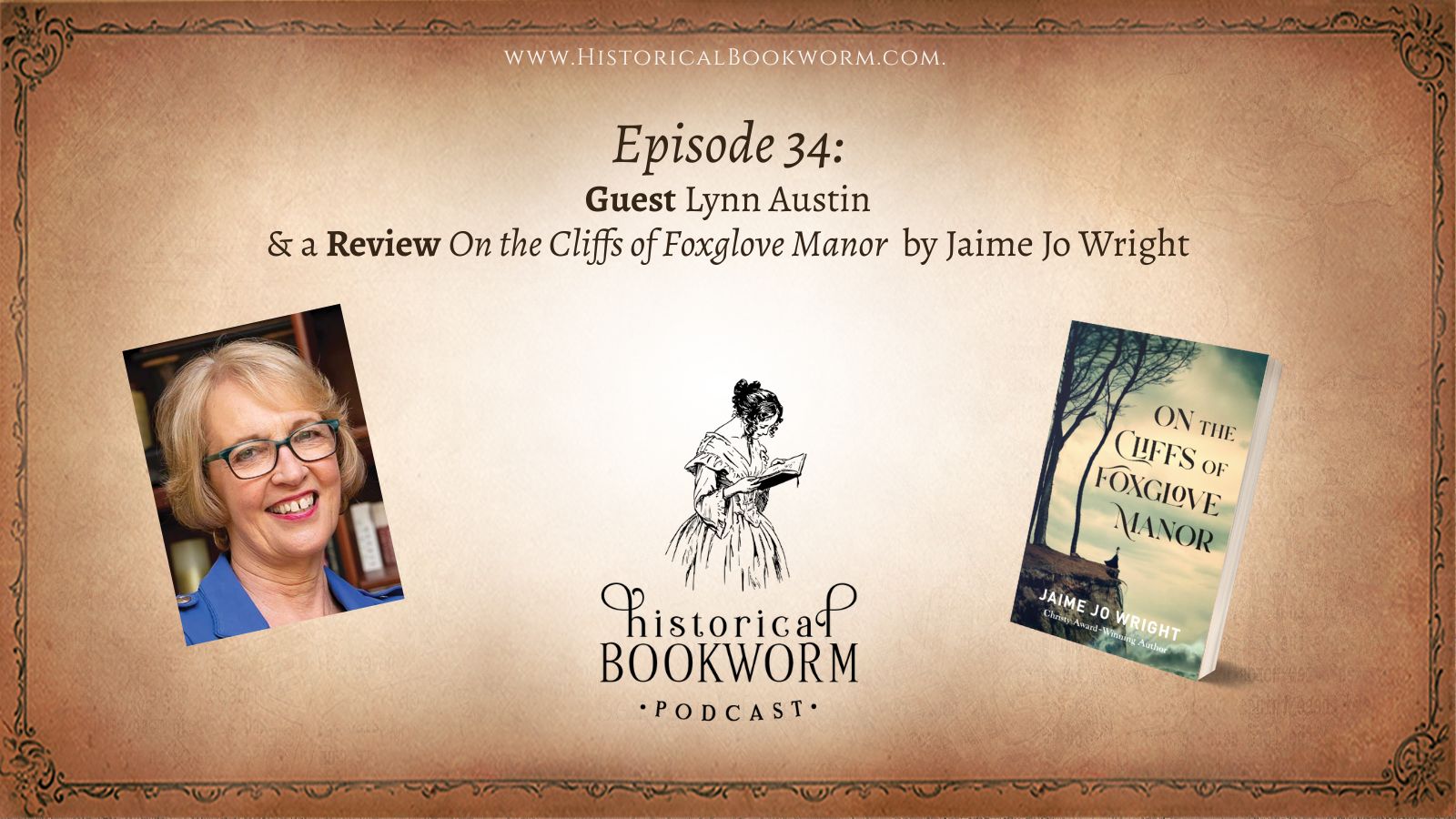Subscribe to Historical Bookworm Show Apple Podcasts | Spotify | Amazon Music | Android | Pandora | Email | RSS | Subscribe to the Historical Bookworm
Interview Lynn Austin shares the development of her story Long Way Home. In this gripping portrait of war and its aftermath from bestselling author Lynn, a young woman searches for the truth her childhood friend won’t discuss after returning from World War II, revealing a story of courage, friendship, and faith.
Pinch of the Past: Newspapers discovered that train wrecks fascinated their readers, and took to covering them in gory detail, even giving sensational names to individual accidents. One accident involving the deaths of 42 people after a car fell off a bridge and caught fire was called the “Angola Horror.” (Read full article here.)
Bookworm Review: On the Cliffs of Foxglove Manor by Jaime Jo Wright is another great time split story from Wright with characters everyone can relate to—a man battling past scars through addiction and two women from different time periods trying to find their worth and handling that trauma in unhealthy ways. (Read full article here.)
You can connect with Lynn at her website LynnAustin.org, Facebook, Twitter, Pinterest, and Goodreads.



